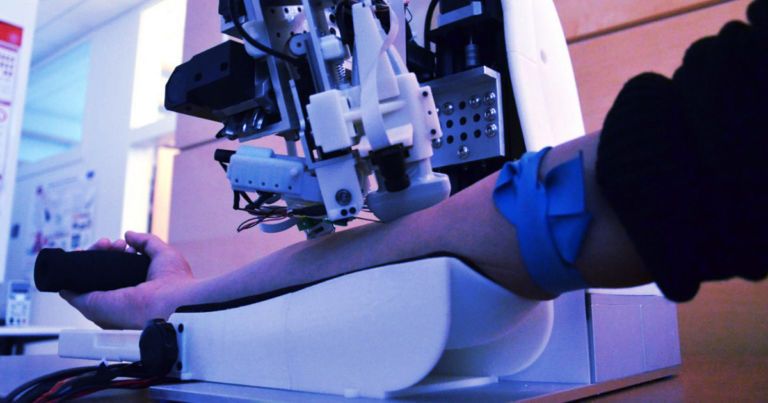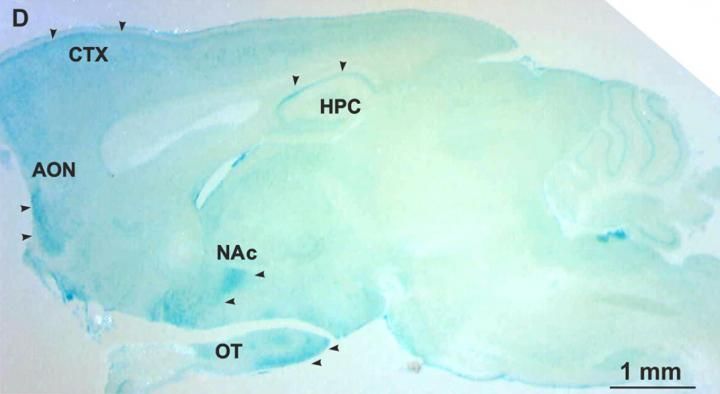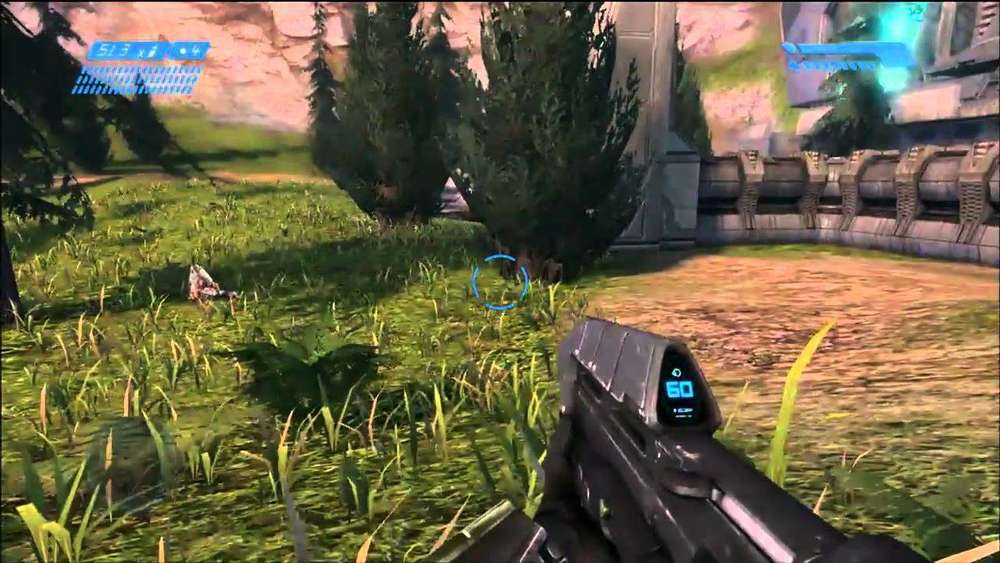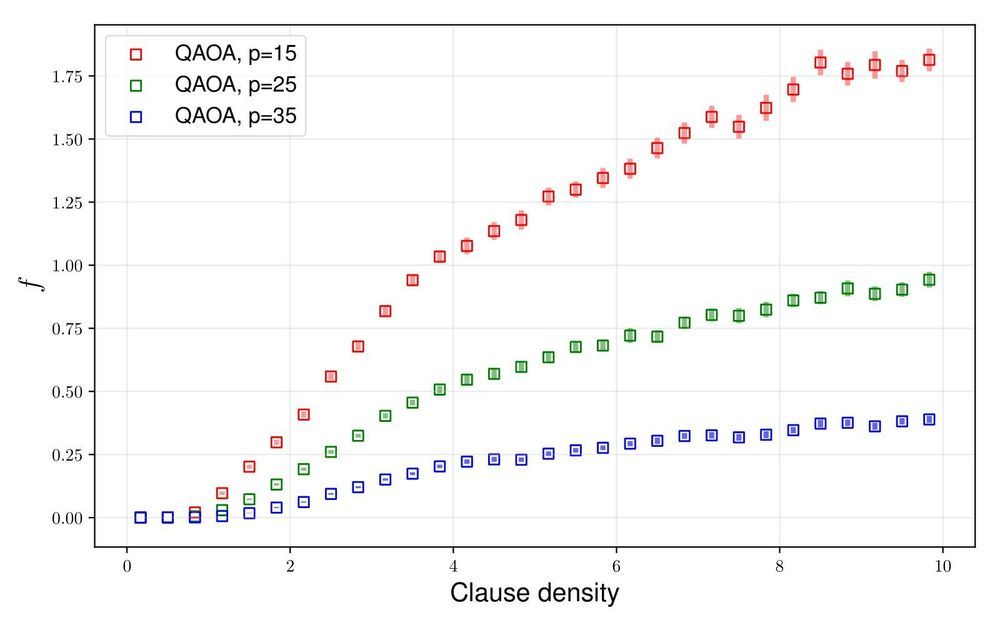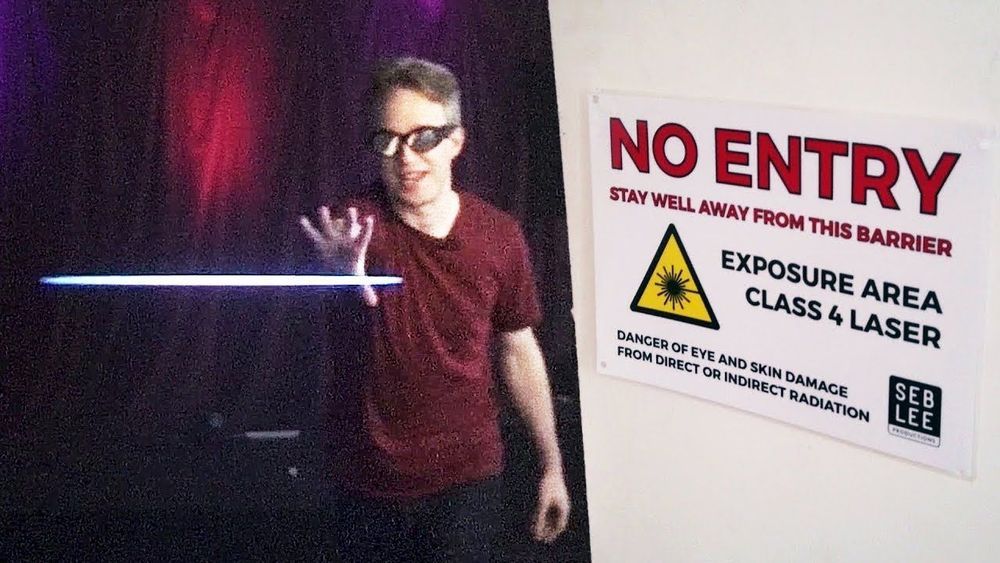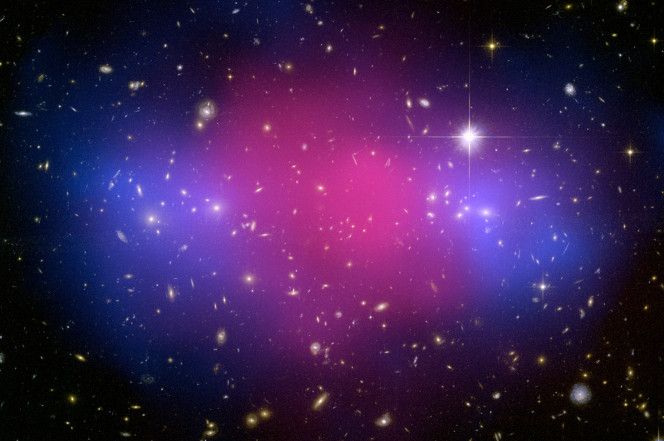
When astronomers gaze into space they can see many different things. Galaxies, stars, and even black holes can be spotted from our place here on Earth. However, one of the most abundant types of matter in the universe can’t actually be seen at all, or at least we’ve yet to invent the means to do so.
Dark matter may account for over three-quarters of all matter in the universe, but it can’t be observed directly. Instead, scientists have to infer its existence based on how other objects in the cosmos react to its gravity. But what is it, and will we ever be able to explain its origins? A new study by researchers at the University of York attempts to do just that, offering a potential explanation for what dark matter really is.
The researchers say that the secret of dark matter may rest in a type of particle called a d-star hexaquark. As SciTechDaily notes, it’s a particle made up of six quarks, which are the tiny bits that make up protons and neutrons, but because of their arrangement in a d-star, they are more versatile.

